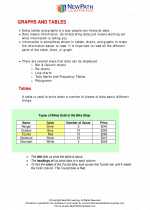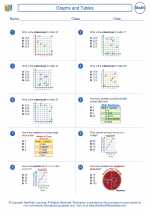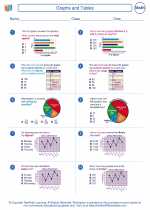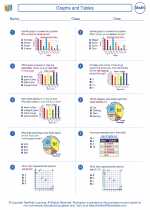Forecasting
Forecasting is the process of making predictions about future events based on past and present data. It is a valuable tool used in various fields such as business, economics, weather, and finance to make informed decisions and plans for the future.
Types of Forecasting
There are several types of forecasting methods, including:
- Qualitative Forecasting: This method relies on expert opinions, market research, and surveys to make predictions.
- Time Series Analysis: This method uses historical data to identify patterns and trends to make forecasts.
- Causal Models: These models use cause-and-effect relationships to make predictions about the future.
- Simulation: This method uses computer-based models to forecast potential outcomes based on various input parameters.
Steps in Forecasting
The process of forecasting generally involves the following steps:
- Defining the Objective: Clearly define the purpose and scope of the forecast.
- Collecting Data: Gather relevant historical and current data that will be used for making predictions.
- Choosing a Method: Select the appropriate forecasting method based on the nature of the data and the forecasting objective.
- Building the Model: Develop the forecasting model using the chosen method and the collected data.
- Evaluating the Model: Assess the accuracy and reliability of the forecasting model using statistical measures and validation techniques.
- Making the Forecast: Use the validated model to generate forecasts for the future time periods.
- Monitoring and Updating: Continuously monitor the actual outcomes and update the forecast model as needed.
Study Guide for Forecasting
If you're studying forecasting, here are some key concepts and topics to focus on:
- Understanding the different types of forecasting methods and their applications.
- Learning how to collect, organize, and analyze data for forecasting purposes.
- Understanding the mathematical and statistical principles behind forecasting models.
- Practicing with real-world examples and case studies to apply forecasting techniques.
- Exploring the limitations and challenges of forecasting and how to mitigate potential risks.
By mastering these concepts and topics, you'll be well-prepared to apply forecasting techniques in various domains and make informed predictions for the future.
.◂Math Worksheets and Study Guides Fifth Grade. Graphs and Tables
Study Guide Graphs and Tables
Graphs and Tables  Worksheet/Answer key
Worksheet/Answer key Graphs and Tables
Graphs and Tables  Worksheet/Answer key
Worksheet/Answer key Graphs and Tables
Graphs and Tables  Worksheet/Answer key
Worksheet/Answer key Graphs and Tables
Graphs and Tables 

 Worksheet/Answer key
Worksheet/Answer key
 Worksheet/Answer key
Worksheet/Answer key
 Worksheet/Answer key
Worksheet/Answer key

The resources above cover the following skills:
Geometry (NCTM)
Specify locations and describe spatial relationships using coordinate geometry and other representational systems.
Make and use coordinate systems to specify locations and to describe paths.
Connections to the Grade 5 Focal Points (NCTM)
Data Analysis: Students apply their understanding of whole numbers, fractions, and decimals as they construct and analyze double-bar and line graphs and use ordered pairs on coordinate grids.